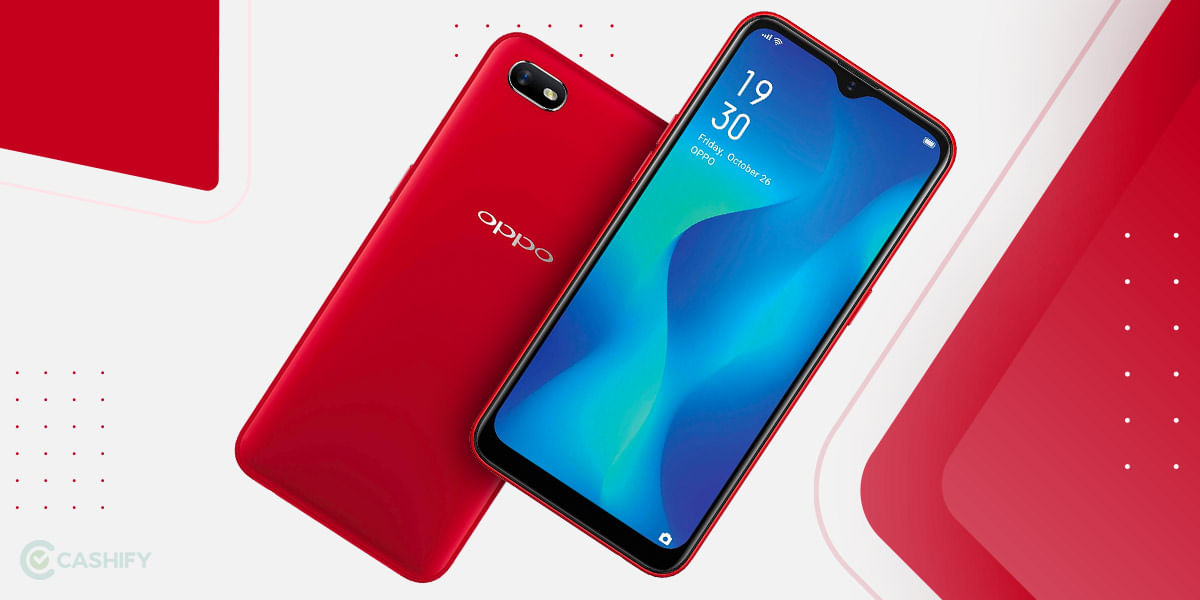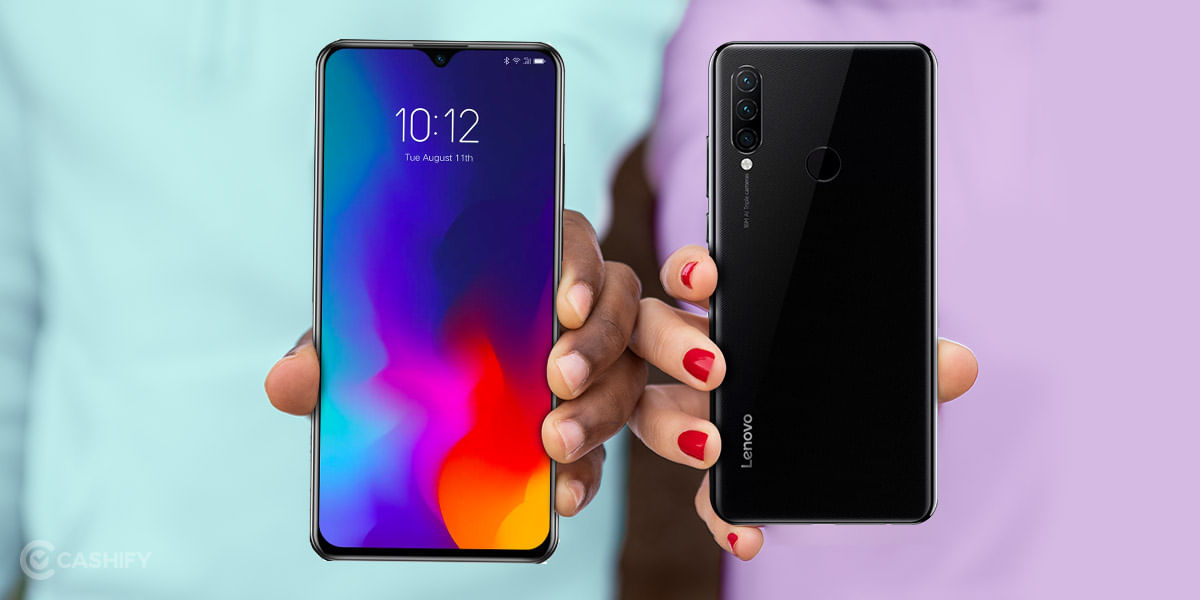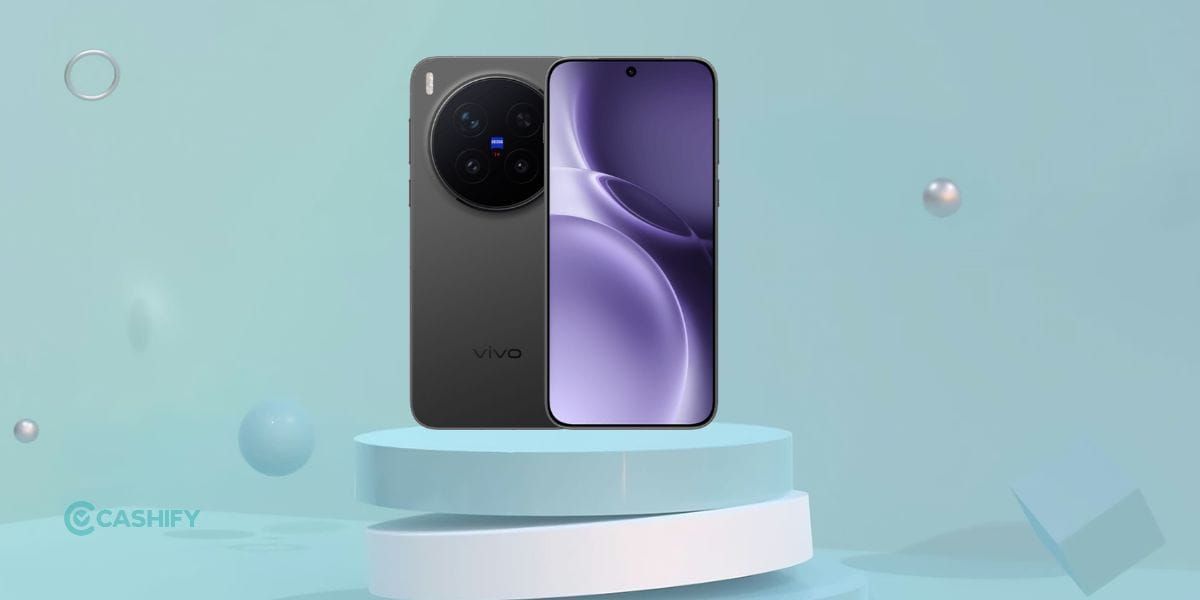Introduction
A couple of years ago, Xiaomi introduced its all-new A-series lineup with Xiaomi Mi A1. With Mi A1, the smartphone maker entered the Android One program offering stock Android experience to the masses. The Chinese company has now announced the third iteration of the device dubbed Xiaomi Mi A3. The smartphone follows the same ideology of proving no-frills experience to the users.
Xiaomi Mi A3 can be the company’s most decent smartphone because of the stock Android experience alone. I am saying this because MIUI now comes pre-loaded with tons of bloatware and annoying ads. It resulted in a sudden drift of users to other brands in the pursuit of a more straightforward and clean experience. Luckily, we managed to get our hands on the device to see if it is a worthy upgrade over its predecessor. Read our comprehensive review of Xiaomi Mi A3 to find out the answers.
Prices in India, Variants, Availability
Xiaomi Mi A3 comes in two storage variants – 4GB+64GB and 6GB+128GB. In terms of colors, you can get the device in three different options, namely More than White, Not just Blue, and Kind of Grey. By the way, this naming scheme reminds me of the Google Pixel 2 launch event. The base variant of the device is priced at INR 12,999, while the top model will set you back around INR 15,999. You can buy the smartphone from Amazon India or Mi.com website.
At the time of writing this review, Xiaomi is offering few launch offers in partnership with Airtel. You can enjoy the Airtel Double Data offer with the purchase of this device. You can also make use of the Mi Exchange Offer on the company’s official website.
Box Contents
Just like other Xiaomi devices, the Mi A3 comes packed in a white-colored box having a device’s image printed on the front. The key highlight of the device is the 48MP AI camera, which is mentioned at the bottom. Opening the lid, you’ll see a rectangular section that consists of a SIM ejector tool, a transparent white case, and some paperwork. Underneath, you can see the device lying there nicely covered in a protective film. The film showcases some critical features of the device.
The device looks stunning, thanks to the gradient design on the back. We’ll keep the device aside for a while and will see what else is present inside the box. There is an 18W fast wall charger and USB Type-C cable for charging. We like the fact that Xiaomi opted for USB Type-C port instead of the regular USB 2.0 one. Even the bundled case has good quality, so kudos to the brand.
Here is a quick overview of what you’ll be getting inside the box:
- Xiaomi Mi A3
- 18W fast charger
- USB Type-C cable
- Transparent back case
- SIM ejector tool
- Manuals and documentation
If you’re looking for the best earphone deals, make sure to hit up Cashify!
Specs at a glance
Before we jump right into our detailed review, let’s first have a look at the key specifications of the device.
- Display: 6.01-inch Super AMOLED panel, 720×1560 pixels, 286ppi
- Processor: Snapdragon 655, 11nm
- GPU: Adreno 610
- RAM & ROM: 4GB+64GB, 6GB+128GB
- Rear cameras: 48MP+8MP+2MP
- Selfie camera: 32MP, f/2.0
- Battery: 4,030mAh capacity, 18W fast charging
- Software: Android 9.0 Pie, Android One
- Weight: 173.9g
- Dimensions: 153.5×71.9×8.5mm
With key specs cleared out of the way, let’s have a look at the very first aspect of our in-depth review.
Design and Build Quality
As mentioned earlier, Xiaomi Mi A3 looks stunning in terms of visual appearance. I like the way the company has played the gradient design this time. To deliver a premium experience, Xiaomi went with the glass back and aluminum frame. The rear glass panel has gradient patterns that appear whenever the light strikes on the surface. What’s interesting is the fact that each time a different pattern looks at the back. If you’re someone who easily gets bored with the phone’s design, well, there you go, you now have something to look forward to each time.
Being a one-handed user, I appreciate the fact that the device is very compact even though the display is not (to some extent). Thanks to the curved sides and proper weight distribution, you can easily use this device using just one hand. At the back of the machine, there is a triple camera module having a decent amount of bump. This time the LED flash resided outside of the camera module. At the bottom-back, you’ll see the company’s branding on one side and other texts on the other side. Just like any other glass back device, this one too is very slippery and a fingerprint magnet, so you might want to use that bundled transparent case. The front is dominated by a SUPER AMOLED display featuring a waterdrop notch and thin bezels. Well, we’ll talk about the screen later. The device comes with an in-display fingerprint sensor – more on that later in the review.
As for the buttons and ports, the power button and volume rockers are located on the right side while the hybrid SIM tray is present on the left. The buttons do not wobble and provide good tactical feedback while pressing. At the bottom, you’ll see a USB Type-C port for charging and speaker grille. With Mi A3, Xiaomi decided to bring back the beloved 3.5-mm headphone jack, which is present on the top along with IR blaster.
Overall, Xiaomi ballparked the design game with this device and ended up impressing us a lot. The new gradient scheme is pretty exciting, and the very fact that it is compact and comfortable to use is something that might attract more one-handed users.
Display
Xiaomi Mi A3 features a 6.01-inch Super AMOLED display with a waterdrop notch at the top. With Mi A3, the brand decided to ditch the Full HD+ IPS LCD panel for the HD+ AMOLED panel. Now, some might appreciate the decision while others might not. Here is what I think of it.
If you’re someone who tends to consume multimedia content very often, then this will not bother you in any way. Apart from sharpness, everything on this display is pretty good with proper back levels, color depths, better contrast, and good saturation. No doubt, the Super AMOLED display is better than the IPS LCD panel.
With 286ppi pixel density, the sharpness takes a significant hit on this device. For someone who likes to read on phones, you will see a considerable difference. A lower-res AMOLED panel will also benefit in terms of the device’s battery life. Above all, the device has Widevine L1 certification, meaning you can stream HD content on Netflix and Amazon.
Performance
Xiaomi Mi A3 is powered by a Qualcomm Snapdragon 665 chipset coupled with up to 6GB of RAM and 128GB storage. The SD665 is based on the 11nm manufacturing process and consists of 4 x 2.0GHz Kryo 260 Gold + 3 x 1.8GHz 260 Silver cores. For graphics, the device makes use of Adreno 610 GPU.
Now, Snapdragon 665 is not the quickest chipset which is available at this price range. It’s a mediocre chipset with mediocre performance. Thanks to the stock Android, the device manages to deliver smooth experience during productivity tasks. Switching between apps is very responsive, and the apps stay in memory for longer times. You can even do a decent level of multitasking on this device.
Since gaming is more dependent on the processor and GPU, the SoC starts to show its mediocrity. We tried playing Pubg Mobile on HD settings and faced occasional frame drops and rendering issues. If you’re a casual gamer, you can handle a few slowdowns while gaming. But, for a gaming enthusiast, we will recommend looking elsewhere.
You can go with the 6GB RAM variant if you’re a power user and might need high storage capacity. If not, you can always go for the base variant. If the storage is your concern, then you can expand it using the MicroSD slot using the SIM 2 slot.
Software
The software is the most crucial aspect of the Xiaomi Mi A3 device. The smartphone runs on the Android One platform, which offers near-stock Android experience. The UI is based on the latest Android 9.0 Pie software. Since it’s Android One we’re talking about, you can expect Android Q update soon.
I liked the stock Android experience on the device, mainly because it is very well optimized and is free of annoying ads. The UI is very clean and minimal and tends to deliver a no-frills experience to the users. Android One platform also means faster updates and more extended support. Xiaomi is claiming to provide three years of security patch updates to this device.
Cameras
Xiaomi Mi A3 comes equipped with a triple camera module featuring a 48MP primary sensor (f/1.8), 8MP ultrawide (f/2.2), and 2MP depth sensor (f/2.4). For selfies, there is a 32MP front snapper with an aperture of f/2.0. The camera app is pretty simple and easy to use.
In daylight conditions, the Mi A3 primary 48MP sensor clicks decent pictures with lots of detail, excellent color reproduction, and suitable saturation levels. The clicked images come with punchy colors, and the AI more works pretty effectively. The camera module is versatile, thanks to the addition of the ultrawide angle lens. Switching between sensors is pretty straightforward and needs a single tap. The ultra-wide-angle lens clicks decent photos, but the level of detail is less as compared to the primary sensor.
As expected, the device clicks photos at 12MP using the 4-in-1 pixel binning. With that said, you can switch to the 48MP camera mode, which is decent. I liked the 48MP camera mode on Realme X more. Coming to the micros, I faced problems most of the time in focussing. The device was refusing to focus on tiny objects for some reason.
Coming to the low-light performance, Mi A3 does not meet our expectations. The clicked photos turn out to be full of noise, grain, and less amount of details. You can make use of the night mode, but the difference is not significant. Using Night Mode, the photos turn out to be a little bright, but the noises were still visible.
As mentioned earlier, there is a 32MP snapper on the front for selfies. That’s where Xiaomi managed to excel with the Mi A3 device. At this price, Mi A3 is your best bet in terms of selfie camera performance. The clicked photos come with an abundant amount of details and proper exposure levels. Even during the low-light conditions, the device managed to deliver good selfies making it the best in the biz at this price.
Battery Life
Xiaomi Mi A3 is backed by a massive 4,030mAh battery packed inside. With Mi A2, Xiaomi integrated a 3,000mAh battery. Well, this time, the smartphone maker made sure that you get the best of everything. With this much battery capacity, the device should last for an entire day on a single charge. Our daily usage looks something like this – WiFi and Bluetooth always-on, constant text messaging, few phone calls, extended music playback, photo sessions, and finally, a few gaming sessions.
The device supports 18W fast charging but, sadly, comes with a 10W bundled charger. You would have to buy the 18W charger separately.
Audio, Connectivity, Biometrics
For audio, there is a single speaker located at the bottom of the device. The overall experience was pretty great with loud, crisp, and detailed output. Even at max volumes, the device barely produced distorted sound output. This time the smartphone maker added the 3.5-mm headphone jack, and the output of it is brilliant. You will love listening to music on earphones using this device, thanks to detailed output.
At this price, Xiaomi decided to go with the in-display fingerprint sensor. I would have preferred the physical sensor because the in-display one on this device is not that impressive. Most of the time, it does not even work. Face Unlock is there, but again it is not that quick or reliable.
Coming to connectivity, I didn’t face any single issue with the networks on this device. Even the output from earpiece and microphone worked pretty well. There are all the standard connectivity features present on this device. These include dual-band WiFi, Bluetooth 5.0 with A2DP, LE & aptxHD, GPS, FM Radio, and USB Type-C port for charging. Above all, there is an Infrared sensor which I found very useful.
Pros & Cons
Pros:
- Attractive and premium design
- Long-lasting battery
- Stock Android
- Extensive software support
Cons:
- Low-res display
- Rear camera struggles in low-light
Xiaomi Mi A3 managed to offer those things which Mi A2 lacked. At this price tag, the device competes with the likes of Realme X, Realme 5 Pro, and Vivo Z1 Pro. One thing which sets the device apart from the others is the software, which is stock, clean, and well optimized. Above all, you will also get an extensive software update support for years to come.
In terms of build quality, the device managed to impress us thanks to the gradient back and compact form factor. Cameras are good, but Realme X managed to offer much better. The very same thing goes with the performance. If the software is your personal preference, then you can go with the device after all. Otherwise, you might have to sort out your personal preference since there are plenty of options at this price.





























